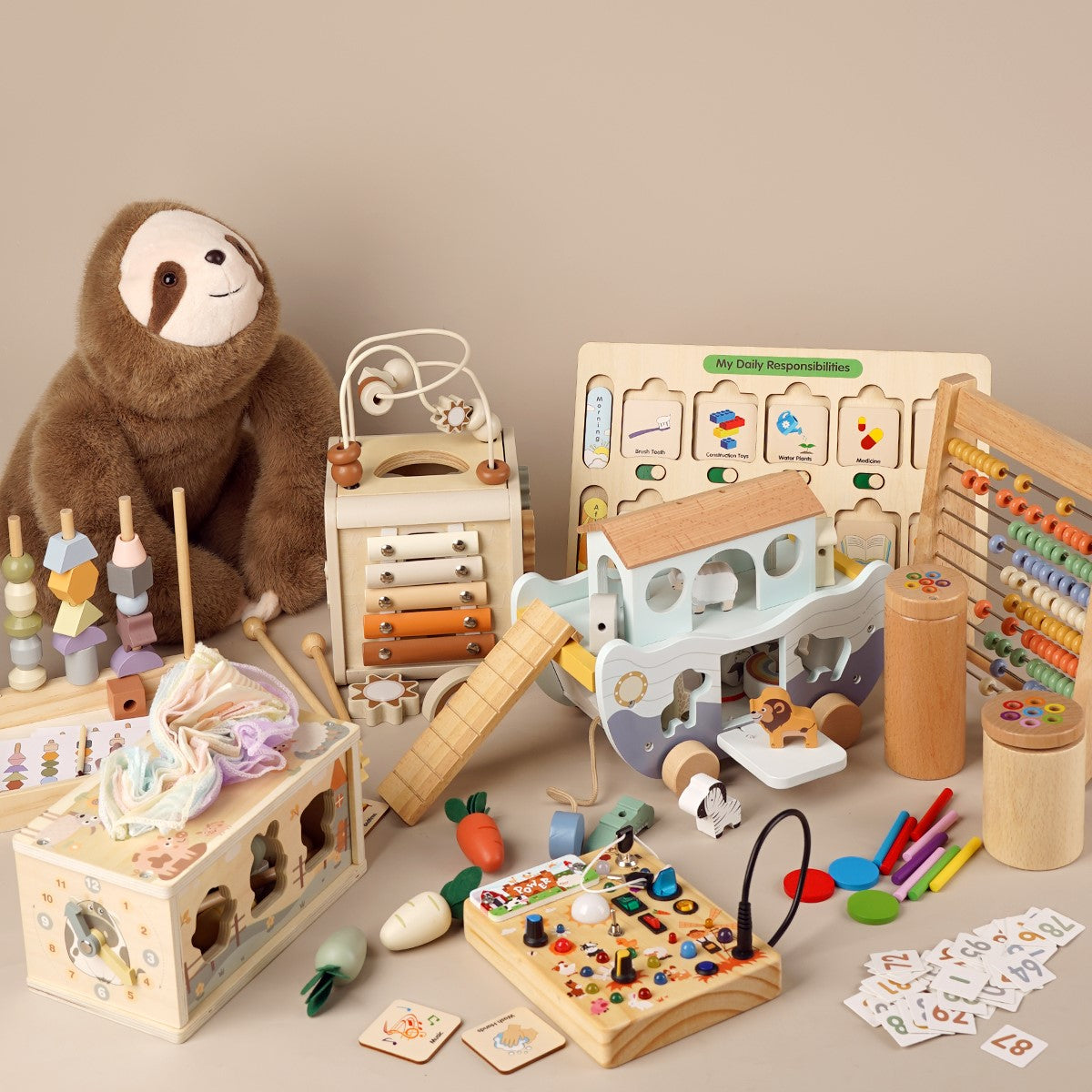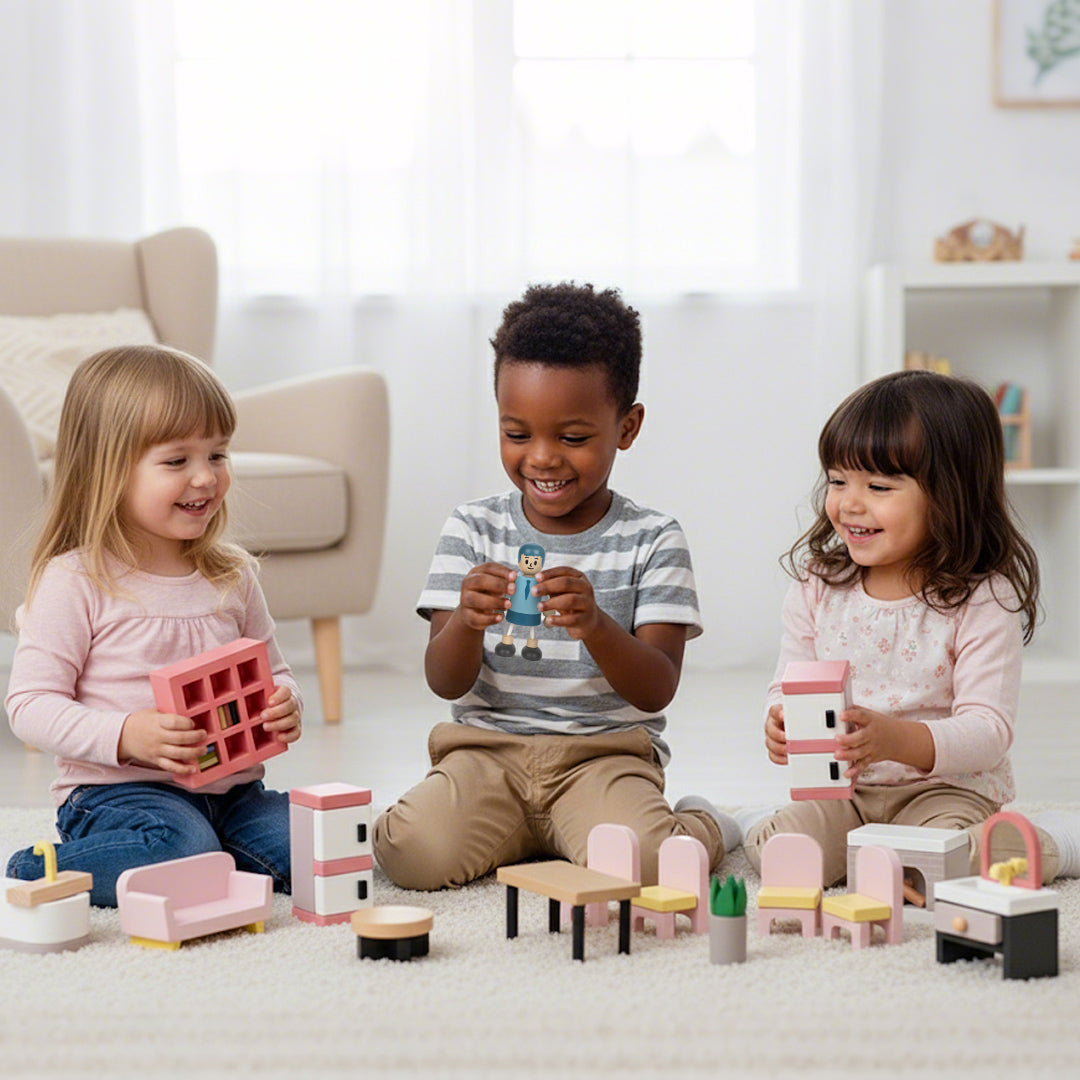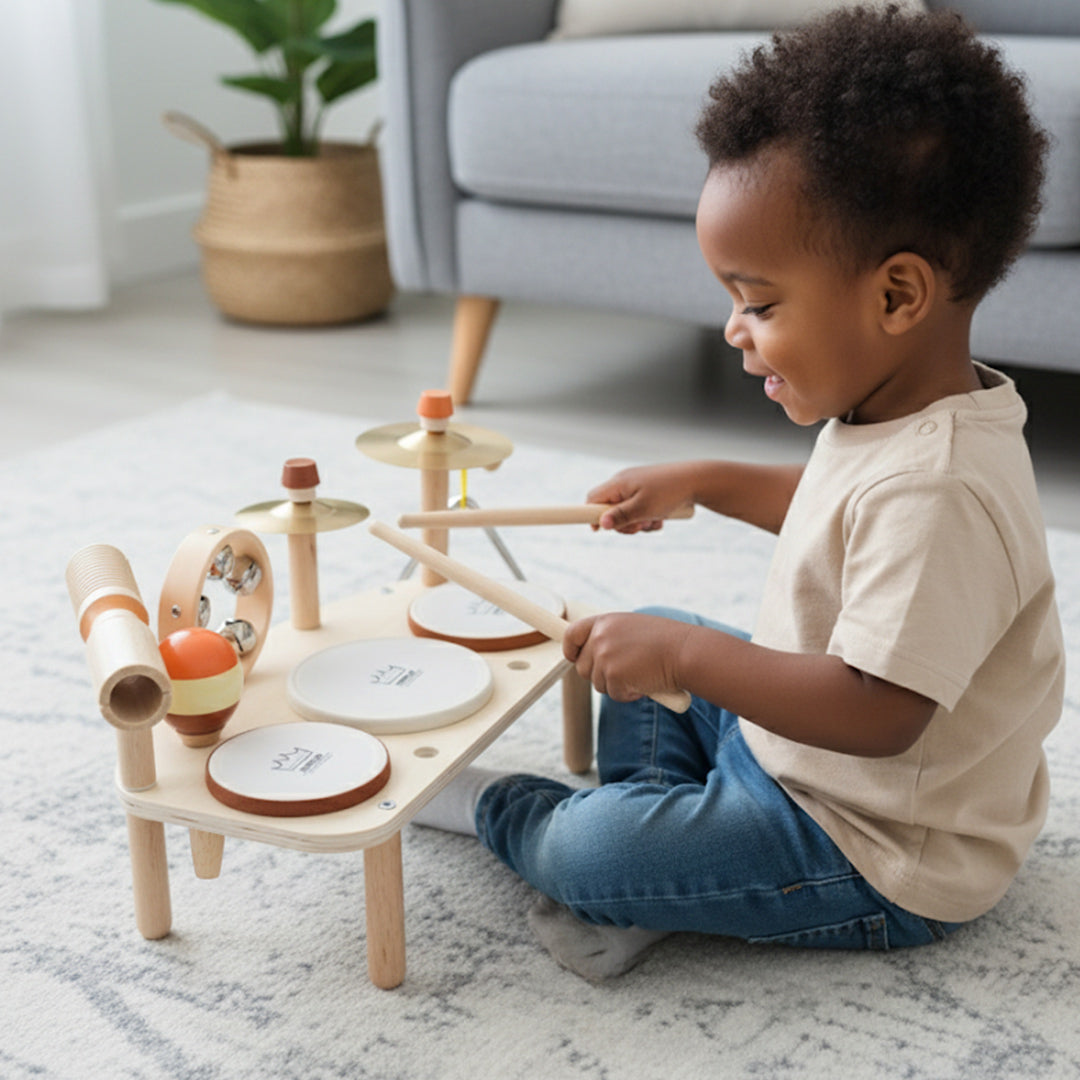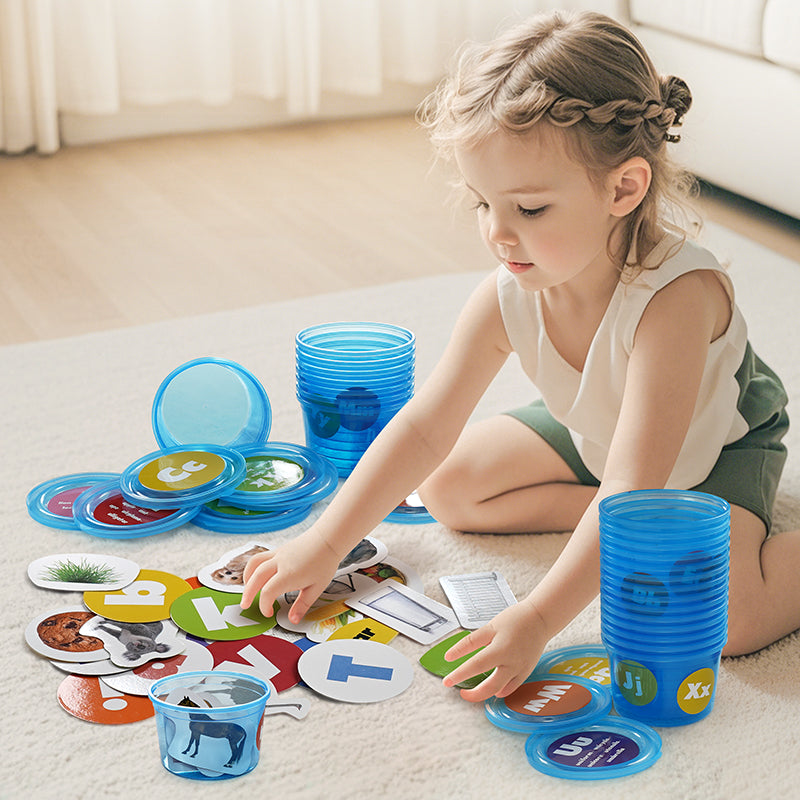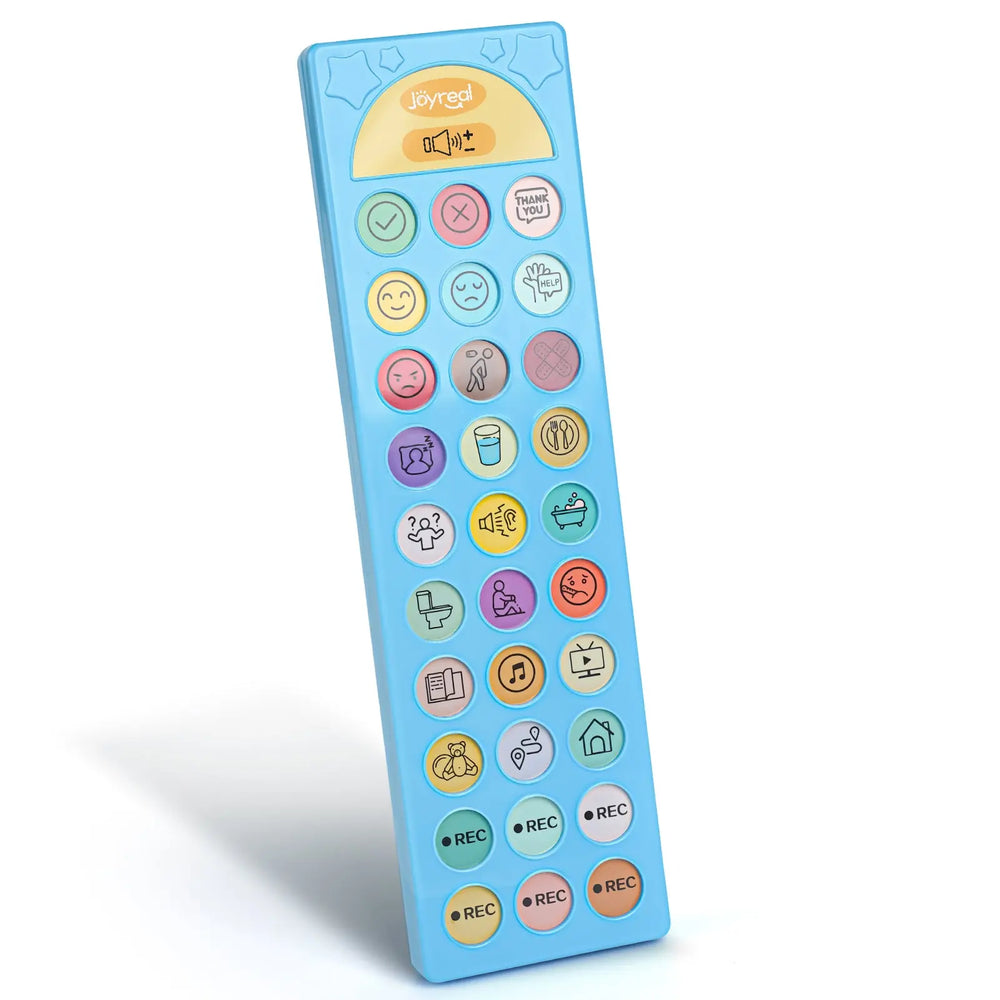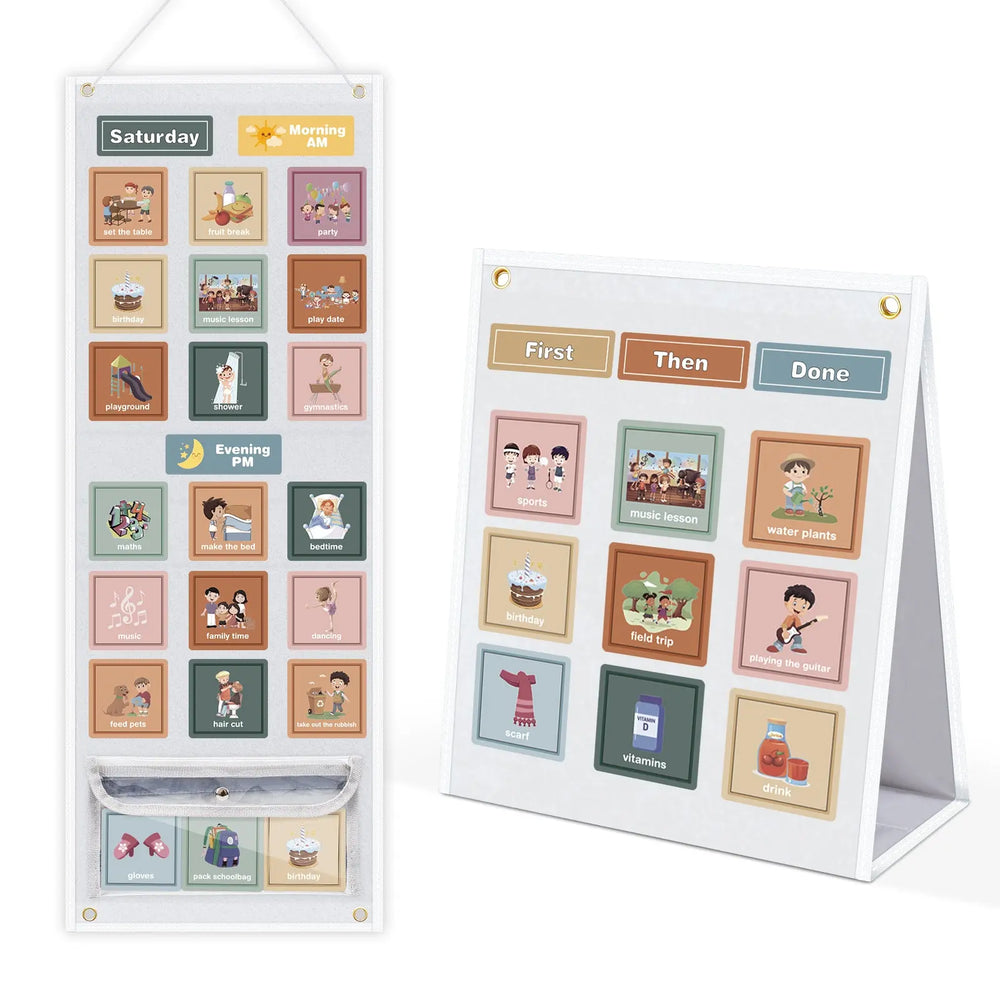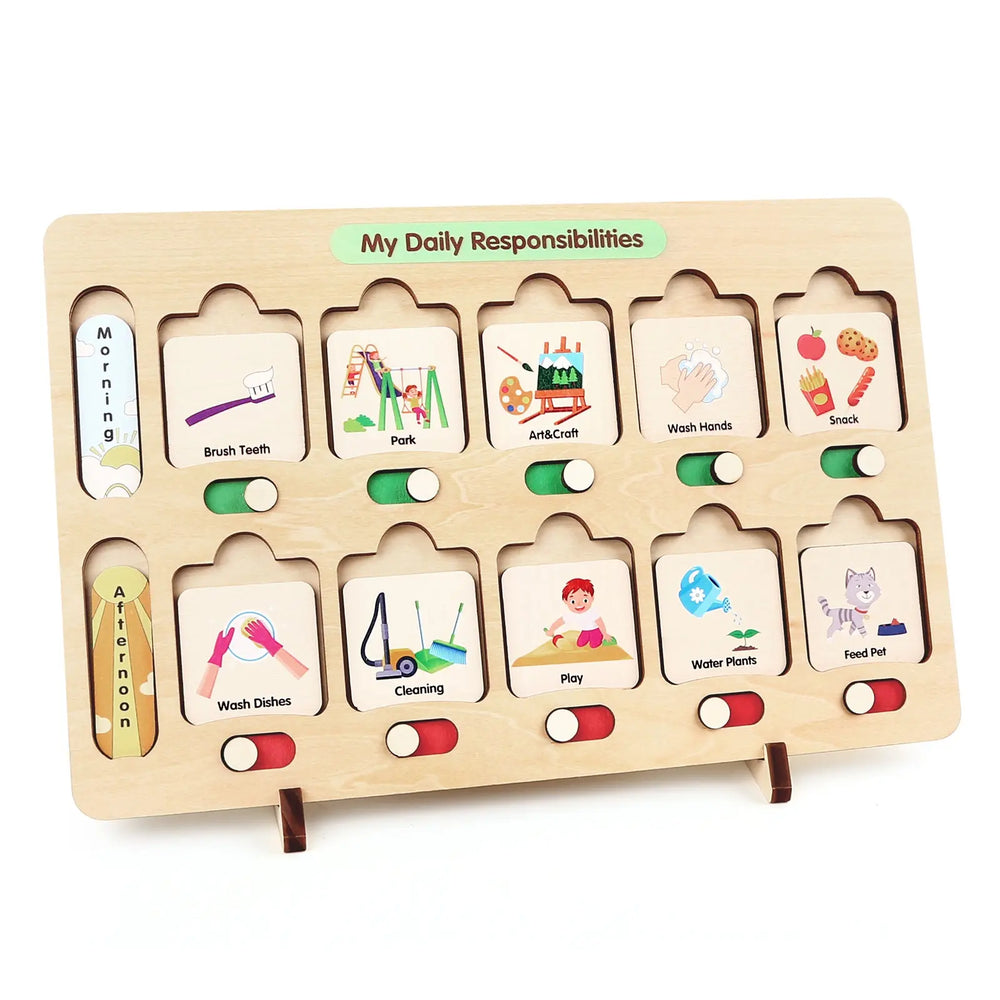The Power of Family and Community Support for Children with Autism
When a child is diagnosed with autism spectrum disorder (ASD), it marks the beginning of a unique journey for the entire family. While therapies and educational strategies are crucial, the emotional and practical support from family and community forms the bedrock upon which a child’s success is built. This network of care—this "village"—is essential not just for the child, but for the parents, siblings, and caregivers who navigate this path alongside them.
The Inner Circle: The Vital Role of the Family
The family is the first and most important source of support. Their understanding, patience, and advocacy shape a child's world from day one.
1. Parental Advocacy: The Fiercest Allies
Parents often become their child’s primary experts and advocates. They are the ones who coordinate appointments, attend therapy sessions, and fight for educational accommodations. This role requires immense strength and resilience.
- What it looks like: Researching therapies, collaborating on Individualized Education Programs (IEPs) with schools, and explaining their child's needs to others.
- Why it matters: A proactive and informed parent can unlock access to resources and create opportunities that might otherwise be missed.
2. Sibling Relationships: A Unique Bond
Siblings of autistic children experience a unique relationship filled with both challenges and profound moments of connection. They often develop remarkable levels of empathy, patience, and understanding from a young age.
- How to support them: It's crucial for parents to carve out one-on-one time for neurotypical siblings, create an open dialogue where they can ask questions without judgment, and acknowledge their own feelings and experiences.
- Why it matters: A supported sibling becomes a lifelong ally and friend to their autistic brother or sister, creating a bond that strengthens the entire family unit.
3. Extended Family: Grandparents, Aunts, and Uncles
Extended family can be a powerful source of practical and emotional support, but they often need guidance.
- How they can help: The best support comes from a willingness to learn. Instead of offering unsolicited advice, they can ask, "How can I help?" This might mean learning about sensory needs, offering to babysit to provide respite care, or simply being a non-judgmental listening ear for the parents.
- Why it matters: An educated and supportive extended family reduces the parents' burden and provides the child with a wider circle of acceptance and love.
The Outer Circle: Expanding Support into the Community
A truly inclusive world for an autistic child is built when support extends beyond the front door and into the community.
1. Schools and Educators: Champions of Inclusion
Teachers, aides, and school administrators are on the front lines of a child's social and academic development.
- What it looks like: Implementing IEP accommodations, fostering a classroom culture of acceptance, and communicating openly with parents about a child’s progress and challenges.
- Why it matters: A supportive school environment allows a child to learn and socialize in a safe space, building the confidence they need to thrive.
2. Friends, Neighbors, and Local Groups: Fostering Belonging
Everyday interactions with the community play a massive role in shaping a child’s sense of belonging.
How to be an ally:
- Invite them to play: Extend invitations to birthday parties or playdates, and be open to making small accommodations (e.g., meeting at a quieter park).
- Teach your own children: Talk to your kids about differences and teach them how to be a kind and patient friend.
- Offer understanding, not stares: If you see a child having a meltdown in public, offer a compassionate glance to the parent instead of a judgmental one.
Why it matters: These small acts of kindness create a welcoming community where families feel seen and supported, not isolated.
3. Support Groups and Organizations: Finding Your People
Connecting with other families on a similar journey is invaluable.
- What they offer: Parent support groups (both online and in-person) provide a safe space to share fears, celebrate victories, and exchange practical advice with people who truly understand.
-
Why it matters: This shared experience combats feelings of isolation and empowers parents with collective knowledge and emotional resilience.
Unlocking Voices: How PECS and AAC Devices Empower Autistic Individuals to Communicate
Communication is a fundamental human need. For many autistic individuals, traditional spoken language can be a significant challenge. Some may be non-speaking, have limited verbal skills, or find speech unreliable, especially under stress. This communication barrier can lead to immense frustration, isolation, and misunderstood behaviors.
Fortunately, powerful tools exist to bridge this gap. PECS (Picture Exchange Communication System) and AAC (Augmentative and Alternative Communication) devices are not just aids; they are life-changing systems that give autistic individuals a reliable way to express their thoughts, needs, and personalities.
The Core Problem: The Communication Challenge in Autism
Before diving into the tools, it's important to understand the "why." When a person cannot express their basic wants (like "I'm hungry" or "I need a break") or share their thoughts ("I loved the park today"), it can lead to:
- Intense Frustration: Imagine knowing exactly what you want but having no way to say it. This can result in meltdowns or challenging behaviors that are simply expressions of unmet needs.
- Social Isolation: Difficulty in communication makes it hard to form friendships, participate in classroom activities, or engage with family.
- Loss of Autonomy: Without a voice, a person cannot make choices for themselves, from picking a snack to expressing an opinion.
This is where communication tools become essential.
PECS (Picture Exchange Communication System): The Foundation of Exchange
What is it? PECS is a low-tech, evidence-based system that teaches individuals to communicate using pictures. The core concept is simple: the person learns to hand a picture of a desired item to a communication partner (like a parent or teacher), who then gives them that item.
How does it help? PECS teaches the foundational "power" of communication in a very concrete way. It helps an autistic individual learn:
- Cause and Effect: "If I give this person a picture, I get what I want." This is the first, crucial step in understanding communication.
- Initiating Communication: PECS encourages the user to be the one to start the interaction, rather than just responding to prompts. This builds confidence and agency.
- Building Sentences: As the user advances, they learn to combine pictures on a sentence strip (e.g., "I want" + "apple") to form more complex thoughts.
- Reducing Frustration: It provides a clear and immediate way to communicate basic needs, which can significantly decrease challenging behaviors rooted in frustration.
Because it doesn't rely on technology, PECS is a durable, accessible starting point that builds the social and cognitive skills needed for more advanced systems.
AAC (Augmentative and Alternative Communication) Devices: Expanding the Conversation
What is it? AAC is a broad term that includes all forms of communication outside of speech. While PECS is a form of low-tech AAC, the term "AAC device" usually refers to mid-tech or high-tech electronic tools.
- Mid-Tech AAC: Simple, battery-operated devices like a button that says a pre-recorded phrase ("I need help") when pressed.
- High-Tech AAC: Sophisticated devices, most often tablets (like an iPad) running specialized software (apps like Proloquo2Go, LAMP Words for Life, or TouchChat). These apps have extensive vocabularies of icons that, when tapped, speak the corresponding word.
- Joyreal AAC Devices for Autism: Communication made joyful, anywhere, anytime.
Joyreal is a true replacement for professional AAC. With its playful, child-friendly design, it integrates seamlessly into the daily life of every autistic family. More than a device, it’s an approachable voice companion, making communication accessible, engaging, and stress-free—every single day.
How do they help? High-tech AAC devices open up a universe of communication possibilities. They help an autistic user to:
- Develop Complex Language: Users can combine icons to form detailed, grammatically correct sentences. They can tell stories, ask questions, make jokes, and share their feelings.
- Foster True Autonomy: An AAC device allows a person to express their precise wants and opinions, giving them control over their own life. They can refuse something, state a preference, and participate in decisions about their care and education.
- Support Social Interaction: With an AAC device, an autistic child can participate in classroom discussions, talk to friends on the playground, and have meaningful conversations with family members. It levels the playing field for social connection.
- Aid Literacy: Many AAC apps display the word along with the icon, which helps reinforce word recognition and spelling, supporting literacy development.
Myth-Busting: Will AAC Stop My Child From Talking?
This is the most common fear parents have, but it is unfounded. Research consistently shows that AAC does not prevent speech development. In fact, it often supports it.
By reducing the pressure to produce speech, an AAC device can lower a child's anxiety, freeing up cognitive resources. As they use the device, they are constantly hearing words spoken aloud and seeing them paired with concepts, which can actually stimulate their own verbal attempts. For many, AAC becomes a bridge to speech, not a replacement for it.
A Voice for Everyone
Communication tools like PECS and AAC devices are more than just "nice to have"—they are a fundamental right. They provide a reliable and dignified way for autistic individuals to navigate the world, connect with others, and express their inner selves. By embracing these tools, families, schools, and communities can move beyond simply managing behaviors and instead focus on what truly matters: listening to, understanding, and empowering the autistic person to have a voice.
Maybe it will be helpful for you:
Recent Post

What Finally Helped My Toddler Speak Up?
If you’re a toddler mom, you already know how much emotional weight...

Joyreal Christmas Toys Deals 2025
Enjoy instant savings across nearly every category, from early lear...

How Wooden Montessori Toys Support a Sustainable Childhood
Most parents don’t say it out loud, but many feel the same quiet fr...

Top Christmas Gifts to Help Kids Communicate Better This Holiday Season
The holiday season brings joy, family bonding, and endless opportun...

How to Make DIY Printable Communication Boards
Communication is at the heart of every child’s development — and fo...

Top 5 Christmas Gifts That Bring Families Closer (2025 Guide)
Christmas isn’t just about the gifts — it’s about the moments we c...

Top Musical Christmas Gifts for Toddlers & Preschoolers 2025
Why Musical Gifts Are Perfect for Toddlers and Preschoolers Music h...

Joyreal AAC Devices Wholesale Partner
In today’s educational and therapeutic environments, speech therapi...

Joyreal AAC Device – Big Sale for Autism & Speech
Every Voice Deserves to Be Heard Imagine your child looking up at y...

How to Choose Safe & Educational Toys for Christmas 2025
When “Just a Toy” Means So Much More If you’re a parent, you know t...
